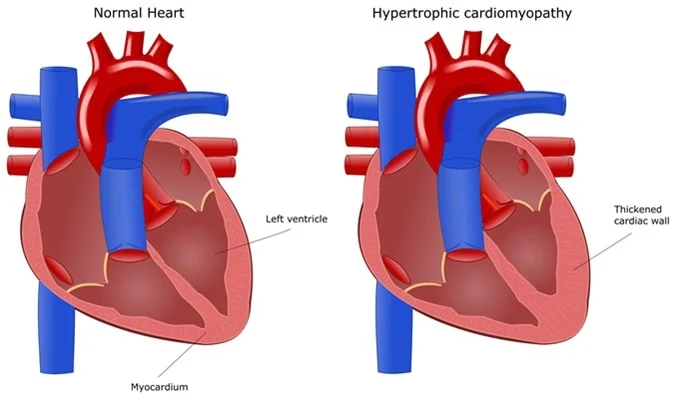
The following are key points to remember from an article about genetics of hypertrophic cardiomyopathy (HCM), which reviews established and emerging implications for clinical practice:
https://academic.oup.com/eurheartj/advance-article/doi/10.1093/eurheartj/ehae421/7710314
© 2022 Cardio Blogger. All Right Reserved | Designed & Developed By Diviants